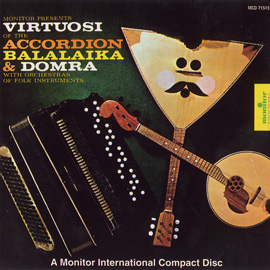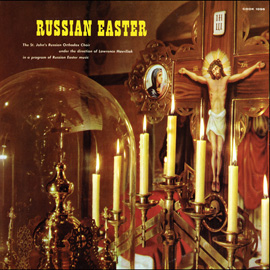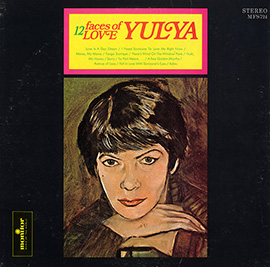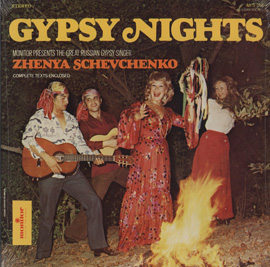Summary
In this unit, students will listen to music from Serbia and Croatia. They will identify the traditional instruments used in this music, including tamburitza, frula, and accordion. They will also learn to dance two simple kolos, an important traditional dance that originated in Serbia but is widespread throughout Croatia, Bosnia, Herzegovina, and Slovenia, and is danced today in American communities.
Suggested Grade Levels: K-2, 3-5, 6-8
Country: Serbia and Croatia
Region: Eastern Europe
Culture Group: Slavic
Genre: World
Instruments: Voice, accordion, frula, tamburitza
Language: Serbian, Croatian
Co-Curricular Areas: Social Studies, Dance
National Standards: 1, 2, 3, 6, 7, 8
Prerequisites: None
Objectives:
- Acquire basic knowledge about the geography, music, and culture of Serbia and Croatia
- Identify instruments used in traditional Serbo-Croatian music
- Learn to dance a simple kolo
Material:
- “Zagrebčani Smo Mi” from Folk Masters: Great Performances Recorded Live at the Barns of Wolf Trap
- “Moj Dilbere” from Folk Music of Yugoslavia
- Frule Kolo from Let's Dance the Kolo: Yugoslav Songs and Dances
Lesson Segments:
- Zagrebcani Smo Mi
- Moj Dilbere
- Frula
Lesson Segment 1: Zagrebcani Smo Mi
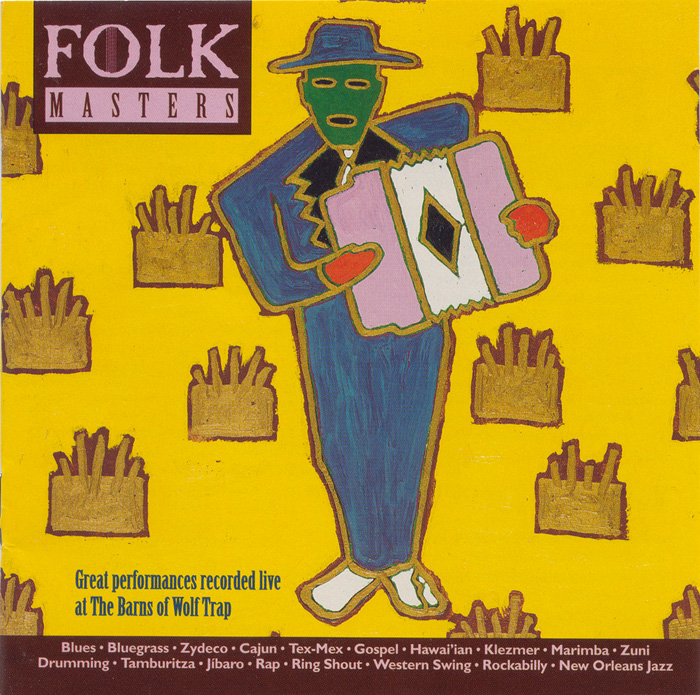
“Zagrebčani Smo Mi”
from Folk Masters: Great Performances Recorded Live at the Barns of Wolf Trap (1993) | SFW40047
- Show map of Eastern Europe, and point out Serbia and Croatia, and where they are in relation to Italy and Europe.
- Play the recording for students and ask them to “pretend-play” along with the recording, and show how they think the instruments are played (i.e, plucking, strumming, etc.)
- Show a picture of a tamburitza orchestra
- Liner note
- Explain that tamburitza is a general term for a family of stringed instruments used in Serbian and Croatian music. Prima is smaller than (but sounds like) a mandolin and is the lead instrument. The biggest tamburitza (bas) is similar to a double bass.
- Ask students to describe the apparel of tamburitza players. Ask if they think the musicians wear these clothes all the time or for special occasions.
- Play the song a second time, and ask students for what occasions they would hear music like this. (Answer: celebrations such as weddings, anniversaries, birthdays, seasonal holidays.)
- Have students create either a line or circle dance using only three to four simple moves: two steps to the left, two to the right, four into the circle, etc.).
| Count | 1 | 2 | 1 | 2 | 1 | 2 | 1 | 2 |
| Step | R | L | R | L | R | L | R | L |
| To the right | To the left | |||||||
Note that with this step, there is no traveling: Just back and forth movement
Assessment: The students should be able to perform their dance to the beat of the music.
Lesson Segment 2: Moj Dilbere
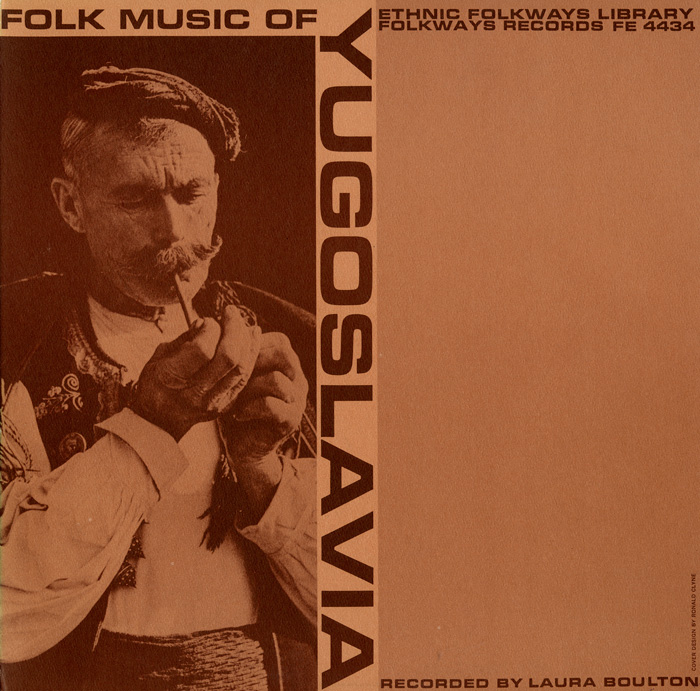
“Serbia: Ritual Song”
from Folk Music of Yugoslavia (1952) | FW04434
- Play the recording for students and ask them to identify how many instruments are being played, and if they can name them.
- Show them a picture of an accordion and explain how it is played.
- Explain that the accordion is one of the most important instruments in Serbo-Croatian music that is still popular today.
- Ask students to listen for the language of the song and to identify it (Serbian).
- Tell students that you are going to teach them a kolo associated with this song.
- Explain that the kolo originated in Serbia but is also found in Croatia, Bosnia, Herzegovina, and Slovenia (locate on map).
- Explain that the kolo was originally danced to the music of a tamburitza orchestra and more recently, some combination of strings, bagpipe, and flute, often accompanied by an accordion.
- There are many different kolo dances performed at different tempi. Kolos can be danced in a line or circle. Dancers hold each other by the hand, or at the waist, so there is little movement above the waist. The kolo is danced at weddings, holidays, special occasions and celebrations today, and was often the center of village life long ago. The kolo is danced by everyone, not just trained dancers.
- Simple kolo:
- Have students hold hands in line or circle.
- Using small-medium steps, perform the following moves:
On the beat:
1 Step R with R
2 Step R with L, putting it behind R
3 Step R with R
4 Touch L in front of R
5 Step L back in place
6 Touch R in front of L
7 Step R back in place
8 Touch F in front of R
- The same sequence, now in the other direction:
1 Step L with L
2 Step L with R, putting it behind L
3 Step L with L
4 Touch R in front of L
5 Step R back in place
6 Touch L in front of R
7 Step L back in place
8 Touch R in front of L
- Repeat
Assessment: Students should be able to perform the dance with an accuracy of beat and stepping movements.
Lesson Segment 3: Frule Kolo
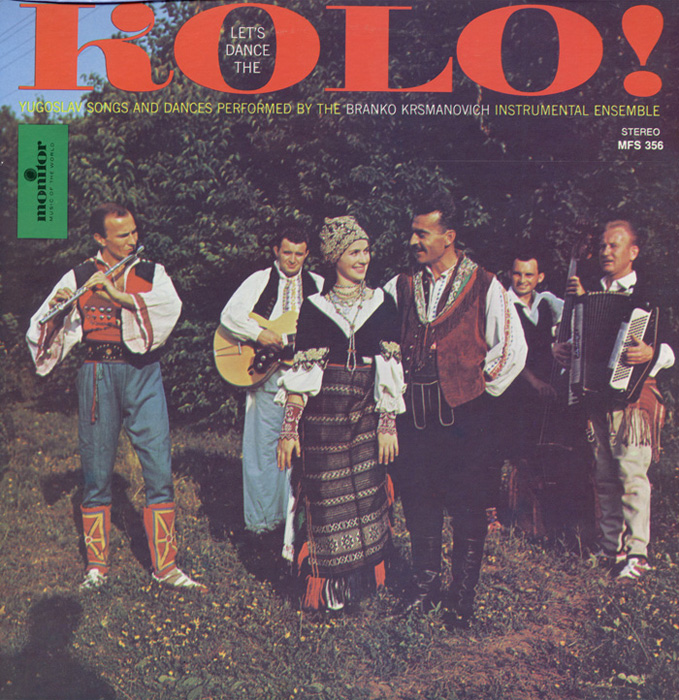
“Frule Kolo”
from Let's Dance the Kolo: Yugoslav Songs and Dances (2004) | MON00356
- Play the recording and ask students to identify what instruments they hear (frula and accordion). Explain that a frula is a kind of traditional recorder used in Serbia and Croatia. Show a photo from the internet.
- Teach the U Sest kolo.
- Have students hold hands in a line or circle.
- Using small-medieum steps, perform the following moves:
On the beat:
1 Step R with R
2 Step R with L, putting it in front of R
3 Step R with R
4 Touch L in front of R
5 Step L with L
6 Touch R in front of L
7 Step R
8 Touch L in front of R
- The same sequence, now in the other direction:
1 Step L with L
2 Step L with R, putting it in front of L
3 Step L with L
4 Touch R in front of L
5 Step R with R
6 Touch L in front of R
7 Step L
8 Touch R in front of L
Extension: If the kolo was performed as a line dance, try it as a circle dance. Perform the U Sest kolo from the second lesson segment, which is much faster.
Assessment: Students should be able to dance the U Sest kolo in time to the recording.
Suggested Reading:
Liner notes from the three Smithsonian CDs used in this lesson:





